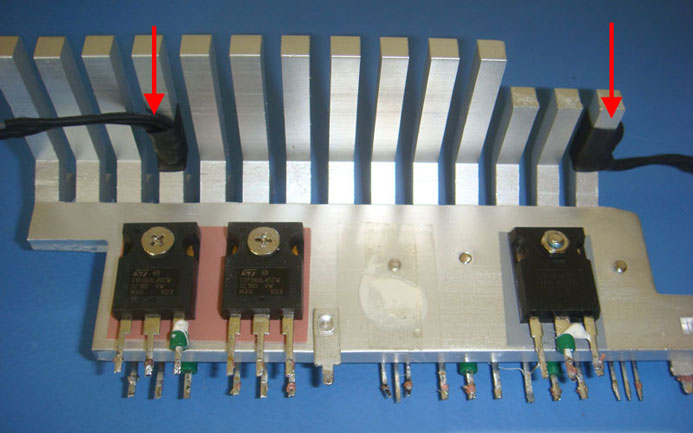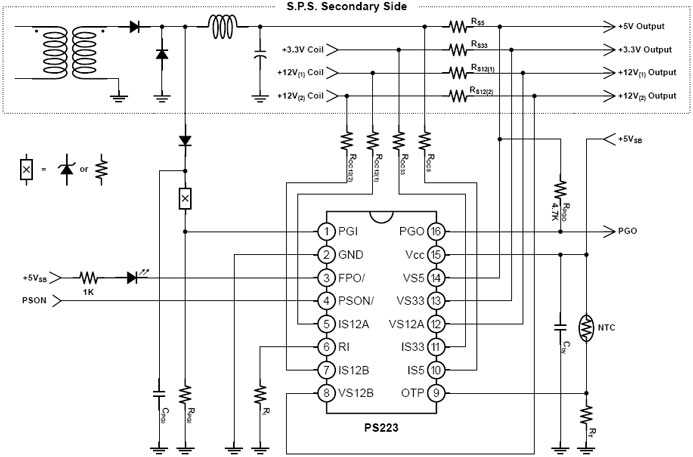What is over temperature protection?
Over temperature protection in a power supply is a protection system that shuts down the power supply when the internal temperature exceeded a safe value. A circuit is used to monitor and generate a trigger signal that starts the shutdown process at the high temperatures. High temperatures may be developed within the supply due to various factors such as faulty components, overloading, over voltage at the supply, malfunctioning cooling system, blocked ventilation or other factors that stresses the components.
Continuous high temperatures are undesirable and can lead to malfunctioning or more damage to the supply, connected circuits or downstream equipment. The over temperature protection (OTP) therefore ensures that the supply operates within the safe design temperature and shuts the supply down whenever this is exceeded.
Thermal protection is achieved through focusing on the PCB, enclosure and heat sink design. Increased over temperature protection prolongs the lifespan of the power supply components resulting to improved efficiency and reliability. The protection is implemented in various ways determined by factors such as amount space, noise requirements, regulators and other standards conformity.
Essentially, a temperature sensor such as an NTC or PTC thermistor, integrated circuits, on-chip diodes or diodes are used to protect the devices in an LED applications or even a power supply units from overheating. The sensor monitors the temperature of the hottest item on the board. Once the internal temperatures exceeds the preset limit, the OTP shuts down the power supply hence preventing further increase in temperature and possible damage.
In a typical OTP system, a pair of thermistors is usually attached to the heat sink. One of the thermistor is connected to the fan control circuit and is used to automatically adjust the fan speed based on the temperature of the heat sink. The other thermistor is connected to the over temperature protection circuit and will trigger the shut down process if the temperature exceeds the safe value.
Figure 1: Power supply with two thermistors on heat sink (red arrows) Image: hardwaresecrets
A typical power supply protection system using a monitoring and control IC is as shown in figure 2 below with one end of the thermistor connected to the IC. When high temperatures are experienced, the resistance of the NTC thermistor decreases and more current will flow. This will cause more voltage across the RT resistor. This is sensed by the monitoring IC which initiates a shut down process when the preset limit is exceeded.
Figure 2: Typical over temperature protection circuit using NTC thermistor
Image: hardwaresecrets
The negative temperature coefficient (NTC) thermistors are the most commonly used in the temperature sensing and controlling the protection method in place. This is due to their low cost/performance ratio and small package sizes. The response time, accuracy and thermal gradient is determined by the way the thermistor is mounted.

